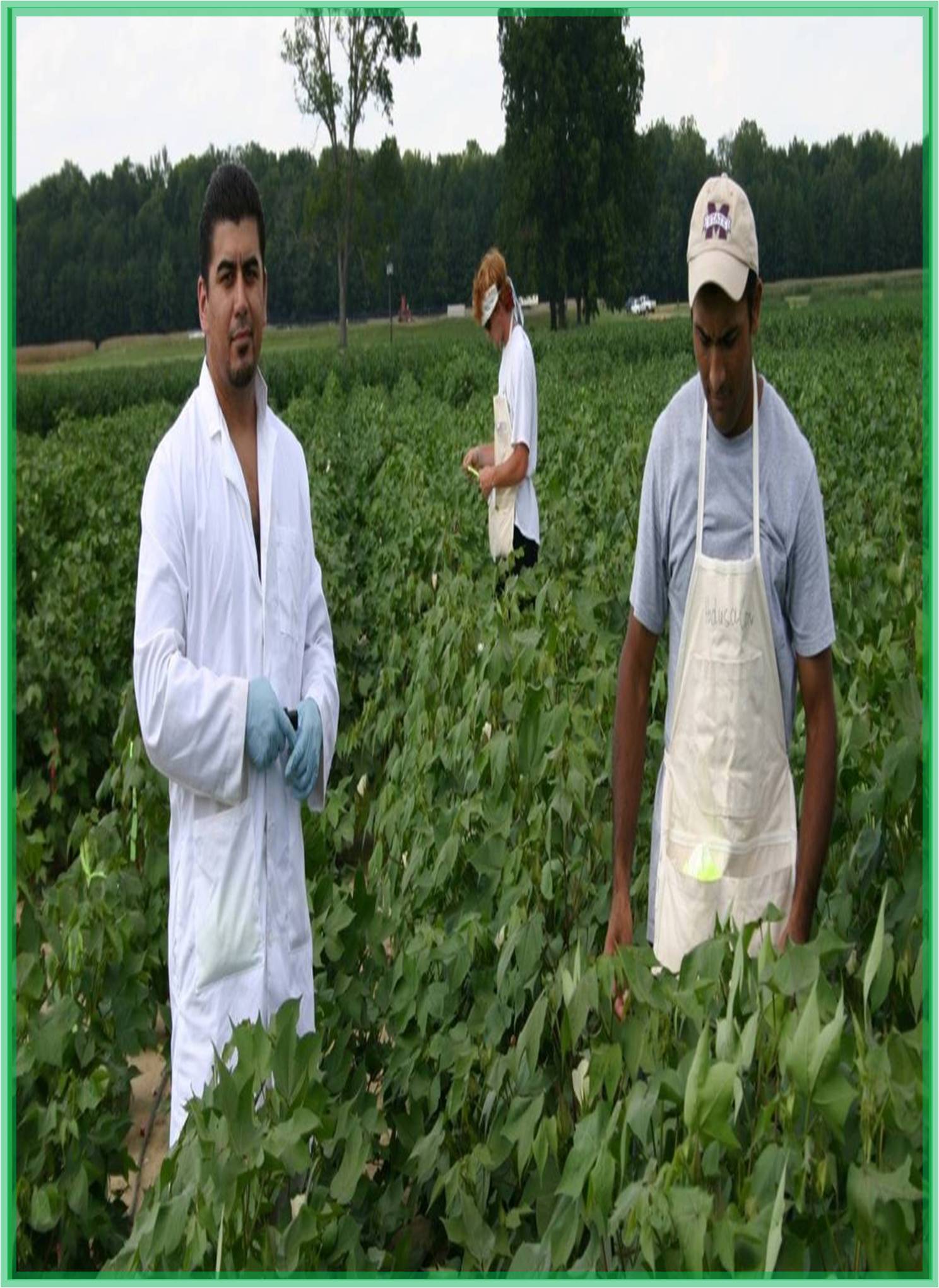



Received: 28-Feb-2022, Manuscript No. GJARR-22-59028; Editor assigned: 02-Mar-2022, Pre QC No. GJARR-22-59028(PQ); Reviewed: 15-Mar-2022, QC No. GJARR-22-59028; Revised: 19-Mar-2022, Manuscript No. GJARR-22-59028(R); Published: 31-Mar-2022, DOI: 10.15651/GJARR.22.9.5
Integrated Pest Management (IPM) is an effective and environmentally responsible approach to pest control based on a combination of common sense practices. The IPM program uses up-to-date, comprehensive information on the life cycle of pests and their interaction with the environment. This information is used in combination with available pest control methods and is the most economical means to manage pest damage with minimal risk to people, property and the environment.
The IPM approach can be applied to both agricultural and non-agricultural environments. at home, in the garden, at work. IPM uses all appropriate pest control options, including but not limited to the wise use of pesticides. In contrast, the production of organic foods applies many of the same concepts as IPM, but limits the use of pesticides to those made from natural resources rather than synthetic chemicals.
IPM Process
IPM is not a single pest control method, but a series of pest management assessments, decisions, and controls. When practicing IPM, growers who are aware of the potential for pest epidemics follow a four-step approach. The four steps are:
Set Action Thresholds
Before taking pest control actions, the IPM first establishes a behavioral threshold. This is a point that indicates that the pest population or environmental conditions need to take pest control actions. Finding a single pest does not necessarily mean that control is needed. The extent to which pests pose an economic threat is important for future pest management decisions.
Monitor and Identify Pests
You don’t have to control all insects, weeds and other creatures. Many organisms are harmless, and some are even beneficial. The IPM program monitors and accurately identifies pests and enables them to make appropriate administrative decisions in conjunction with behavioral thresholds. This monitoring and identification eliminates the possibility that pesticides are being used when they are not really needed or that the wrong type of pesticide is being used.
Prevention
As a front-line pest control program, the IPM program works to manage crops, lawns, or indoors to prevent pests from becoming a threat. For crops, this may mean using the following cropping methods, Switch between different crops, choose pest-resistant varieties and plant pest-free rootstocks. These control methods are very effective and cost effective and can pose little or no risk to humans or the environment.
Control
When monitoring, identification, and behavioral thresholds indicate that pest control is needed and preventive measures are no longer effective or available, the IPM program evaluates appropriate control methods for both efficacy and risk to do. First, effective,low-risk pest control methods are selected, including highly targeted chemicals such as pheromones to interfere with pest mating, or mechanical control such as capture and weeding. If further monitoring, identification, and behavioral thresholds indicate that low-risk control is not working, additional pest control methods are employed, such as targeted spraying of pesticides. Extensive application of non-specific pesticides is a last resort.
Principles of IPM
• Focus on pest prevention.
• Use pesticides only when needed.
This provides a more effective and environmentally friendly approach.
The IPM program utilizes all appropriate pest control strategies, including the wise use of pesticides. Prophylactic use of pesticides is limited because the risk of pesticide exposure can outweigh the management benefits, especially if the same results are obtained with non-chemical methods. IPM is not a single pest control method, but involves the integration of multiple control methods based on site information obtained through
• Inspection
• Monitoring, and
• Reports.
Therefore, each IPM program is designed based on pest prevention goals and eradication needs in specific situations. A successful IPM program uses a four-step implementation approach
• Identify pests and monitor their progress.
• Set action thresholds.
•Prevent.
• Control.
Advantages of IPM
IPM has several advantages.
• Reduce the number of pests.
• Reduce the frequency of pesticide application.
• Save money while protecting human health.